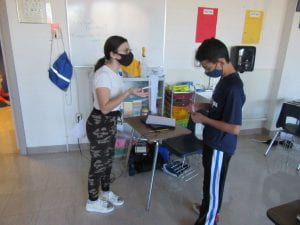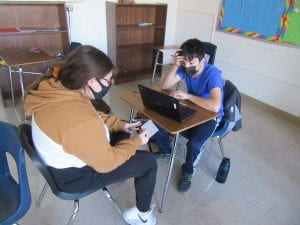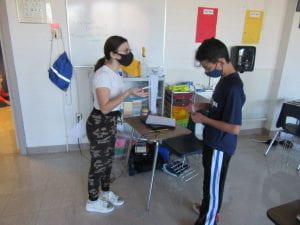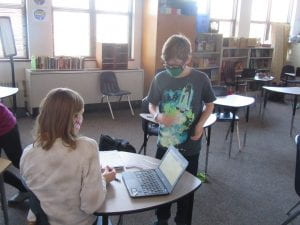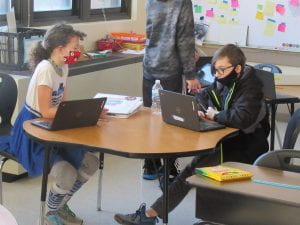The events from last week set off a firestorm of great learning opportunities for our class. One of the biggest touch points for our students thus far has been the banning of President Trump from numerous social media sites. Regardless of politics, this action by these companies creates an amazing debate and learning opportunity for students.
We started our discussion with a simple question: does social media have the right to ban President Trump? Students wrote their answers onto a semi-public platform (our Google Classroom discussion board). From there, we examined the actual 1st Amendment text, focusing on who/what entity the 1st Amendment focused on (the amendment is linked here). This alone created a wealth of conversations for our students, ranging from terms of agreements to bias in the media.
Lastly, we started to dip our toes into some more nuanced topics related to the 1st Amendment, specifically Section 230 (this has been popularized in the news as of late and some students were asking about it). Students watched a video and answered questions related to Section 230 (the video is linked here).
We will come full circle with our conversation by doing our best to applying Section 230 to media companies and try to answer the question of who has and who should have the right of censorship/controlling what people are saying. Is the power of censorship currently biased and in the right hands?
Regardless of your political leaning, I implore you to broach these topics with your child. Ask them what they think and press them when they give their answers (which are generally vague and without supporting evidence). By doing this, you are helping them develop numerous important skills and further expanding their thought process and opinions.













